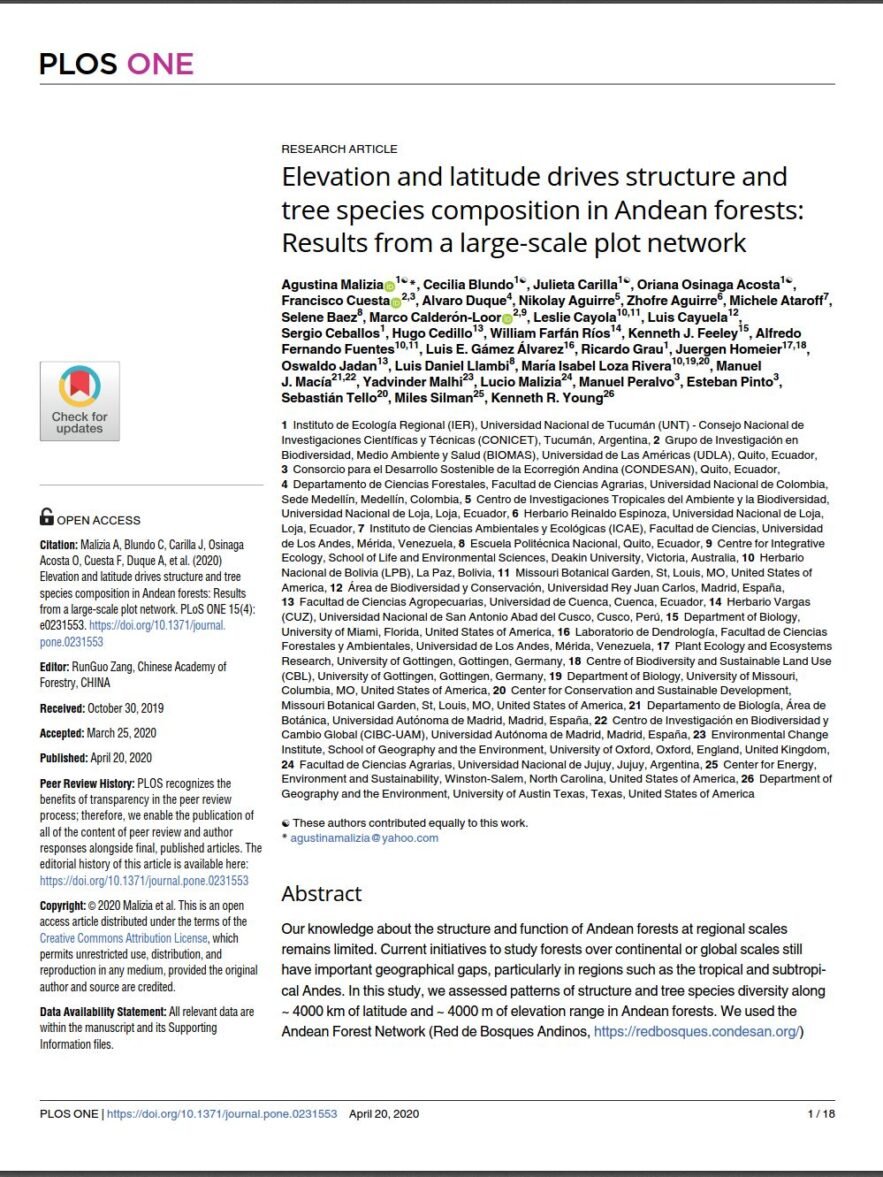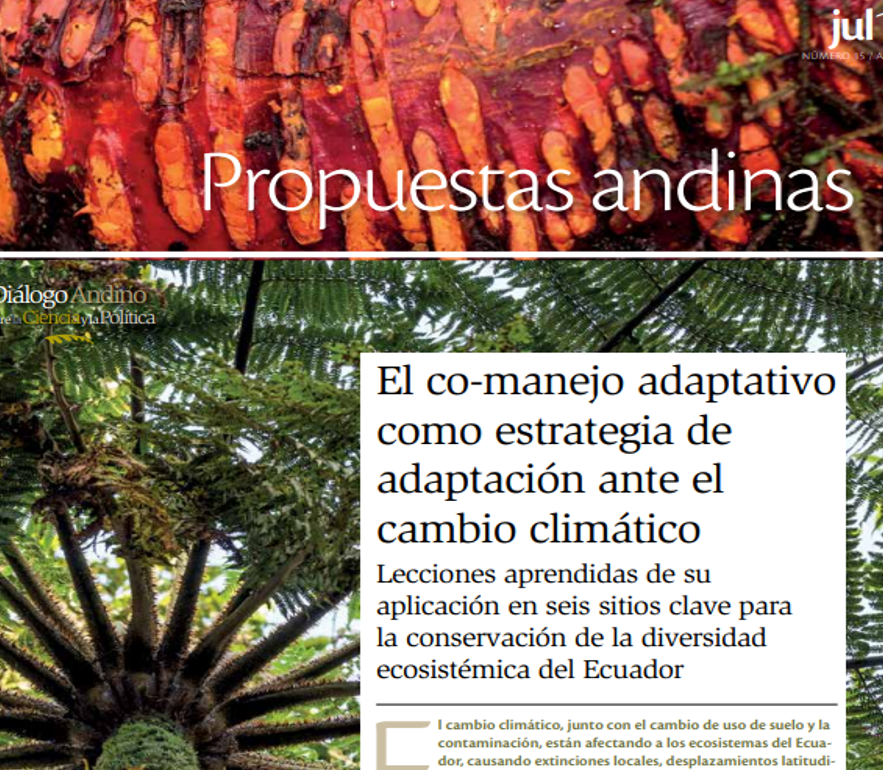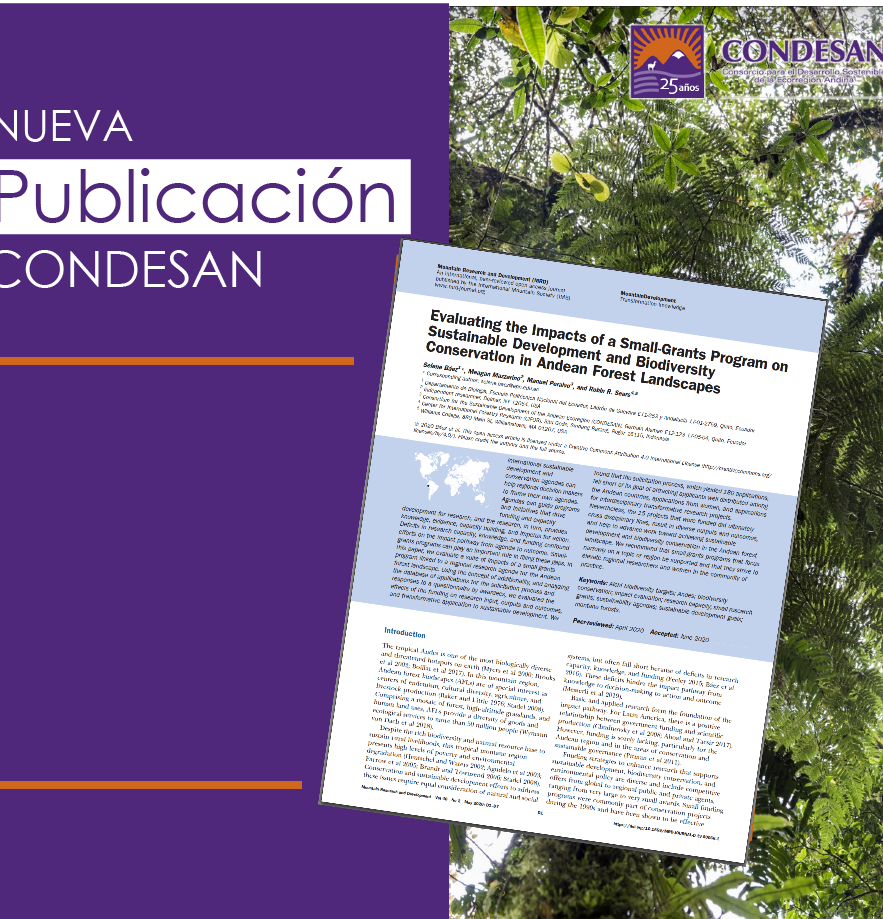Although high alpine plant communities are mainly influenced by extreme low temperatures in their habitats, thermal niche traits (TNT) are hardly known for a large number of alpine species. Given that climate change is projected to have strong impacts on alpine communities, understanding the patterns of these traits is particularly important. Here we test 1) The effect of seasonality and elevation on TNT of tropical alpine plant species and communities and 2) The sensitivity of these plant species and communities to climate change based on their TNT. We surveyed 49 plant communities located on summits along the Tropical Andes in two high elevation grassland biomes: Puna (seasonal) and Páramo (non-seasonal). We found that species endemic to Páramo have a narrower breadth of thermal niche and thus could be more sensitive to climate change than species endemic to Puna. However, while communities located in Puna summits have a clear dominance of Puna endemics, Páramo summits are less dominated by Páramo endemics and species of other floristic elements dominate in a few summits.
When TNT were aggregated at the community level we found that community minimum temperatures and niche breadth were influenced by both elevation and seasonality (biome) while the thermal optimum was only influenced by elevation. Seasonal Puna communities have broader niche breadth than Páramo communities but also have lower community minimum temperatures. The latter suggests that Puna communities may well suffer climate change effects in future. Based on species composition and their sensitivity to climate warming, communities located in the northern Páramo and communities with dominance of Puna endemics would be the most sensitive to climate warming





